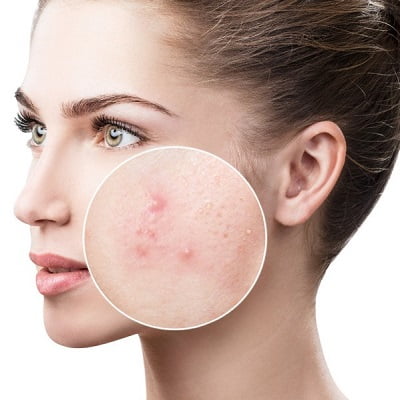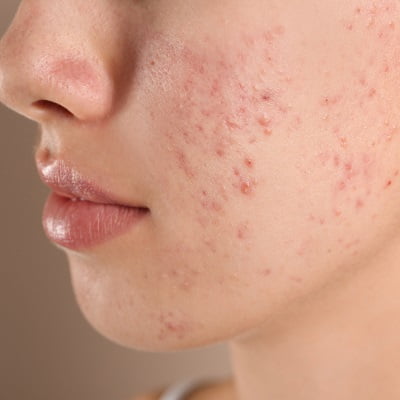Acne scars create incredible frustration for many people as they bring back memories of prior outbreaks of the condition. Your confidence and self-esteem may suffer if these scars linger long after the acne has cleared up. One of the most often cited methods to get rid of or minimize acne scars is most likely laser treatment. But is this treatment just another skincare myth, or Can Laser Remove Acne Scars? Let’s start with the specifics.
Understanding Acne Scars:
Acne scars show up as the skin mends itself following a severe outbreak. During the healing process, either too much or too little collagen might be produced, which can elevate or decrease scars. Regarding scars, there are several varieties:
- Atrophic Scars: The scars that most often occur grow smaller with time—ice pick, boxcar, and rolling scars. Usually difficult to treat, they resemble holes in the skin.
- Hypertrophic Scars: Raised scars, known as hypertensive scars, result from the body producing too much collagen during healing.
- Dark Spots: Sometimes known as post-inflammatory hyperpigmentation, discolorations left on your skin following a pimple healing. They are not actual scars. After some time, they might go, but most of the time, they remain for months.
Every form of scar requires a distinct approach for correct healing. Here is where laser treatment finds use.
Can Laser Remove Acne Scars?
Acne scar laser therapy uses focused light energy to eliminate the top layer of skin or induce the lower layer of skin collagen synthesis. This procedure enables the skin to mend over time, smoothing it out and increasing its consistency. Two basic categories define laser treatment for scars:
Ablative
It is a more potent kind of treatment. They remove the top layer of skin so that fresh skin can flourish in place. These are the most often occurring kinds:
- CO2: Although healing takes longer, they are excellent at removing deeper scars.
- Erbium: Usually used on deep scars, this type heals quicker than CO2.
For particularly severe scars, ablative is ideal; nonetheless, you should take extra care of yourself following the treatment.
Non-Ablation
Conversely, non-ablative lasers fail to remove the top layer of skin. Instead, they travel further into the skin to extract collagen, therefore tightening the underlayer. Some instances include
- Fractional: It treats a grid-like section of skin so the wound heals faster.
- Pulsed Dyed: These are good for reducing swelling and improving the appearance of hypertrophic scars.
Though you might need more than one to achieve benefits, non-ablative lasers often cause less harm and need fewer recovery sessions.
Benefits of the Treatment:
- This treatment may significantly smooth the skin’s surface, enhancing its appearance through homogeneity.
- It increases collagen production, helps the skin repair, and fills up scars that have lost their form.
- Some types target redness, which makes them ideal for reducing hyperpigmentation following inflammation.
- The surgery is speedy. Most laser treatments run 30 minutes to an hour depending on the region being treated.
- Although non-ablative options allow you to return to your regular schedule far earlier, abrasive ones take longer to cure.
- It is a beautiful option for those who wish to minimize the appearance of marks, hence its advantages.
Various Approaches of Acne Scar Treatment:
If laser treatment isn’t suitable for you, you might consider other options:
- Chemical peels expose the top layer of skin to improve the tone and structure.
- The technique known as microneedling produces collagen using small instruments.
- To improve the skin, filler injections into scars are done.
- Every therapy has advantages and drawbacks; so discussing your options with a skin care specialist is advisable.
Final Thoughts:
Although the results depend on several elements, including the nature and severity of the scars, laser treatments can help eliminate or drastically minimize the scars. Though it’s not a miraculous cure, and you might require more than one session to achieve the most outstanding effects, laser treatment seems like a great idea.
Regarding your decisions and determining the optimal treatment course for your face, see a qualified dermatologist at SKN Cosmetics Islamabad. Our aestheticians assess your condition and make a customized plan to treat them effectively.






